Comet 4c - Liveries - Middle East Airlines (MEA)
06/03/12 15:00
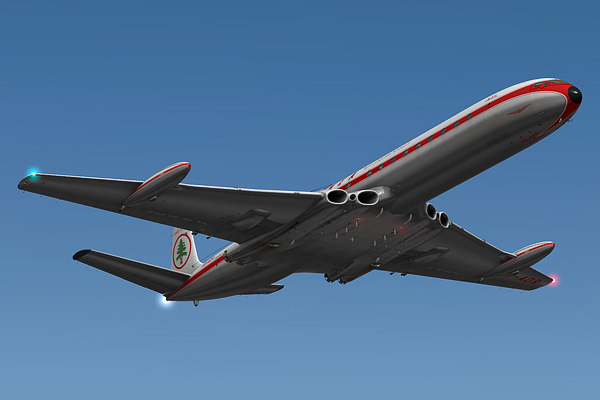
Fig.1: OD-ADR Climbing out of EGKK.
Photoshop files for the Comet textures are truly enormous - several gigabytes each. This is because all the rendered metal textures, lighting effects, dirt, seams and rivets are laid out in separate layers at much higher resolution than required by X-Plane while I worked with them. I spent some time re-organising them, scaling them down and flattening layers, so that they required less memory in Photoshop. This helps me when producing new liveries, and it will be the basis of an eventual paint kit. It goes without saying that the original master files were safely preserved and backed up before doing this.
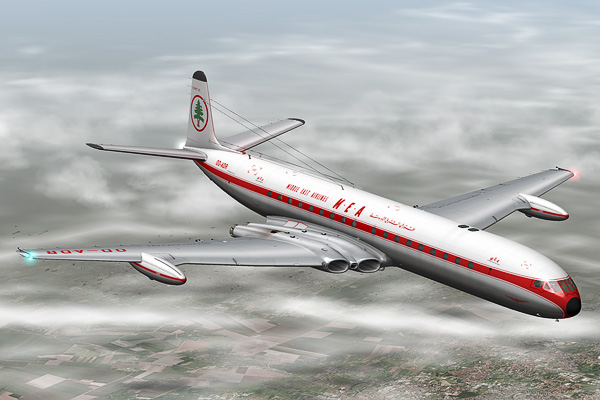
Fig.2: Middle-East Airlines OD-ADR at 32,000 ft over Kent.
I had already produced Mexicana, RAF and Dan Air liveries for the Comet 4C. These had to be edited and re-scaled after changes to the texture maps (UV maps). The paint kit was developed while making these changes. Middle East Airlnes (M.E.A.) is the first livery to be produced from scratch using the paint kit. I’ve chosen to model the first Comet 4C ordered by Middle East Airlines., c/n 6445, OD-ADR. It was delivered on 19 December 1960. The livery is as it would have been ex-works, before the merger with Air Liban. OD-ADR was eventually destroyed during an Israeli attack on Beirut Airport on 28 December 1968.

Fig.3: View of the nacelle tank in MEA livery, from first class seat.
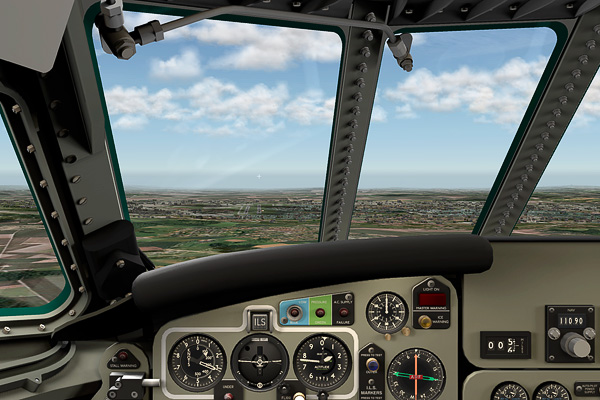
Fig.4: Approach to EGKK.
Every week, I learn more about the Comet. Recently, I bought a Director Horizon instrument which enabled me to model the gauge more accurately. The Director Horizon is the centre instrument on the blind flying panel. Notice how the face is now convex. The Dowty indicator graphics have been updated (now white on black) after finding an original electrical repair manual for the Comet.
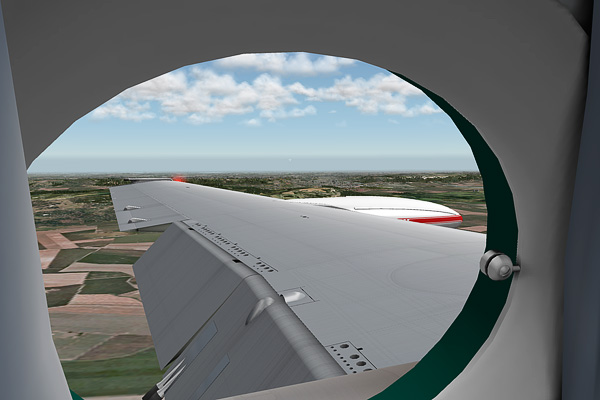
Fig.5: Approach to EGKK from tourist class seat, flaps set to 40º
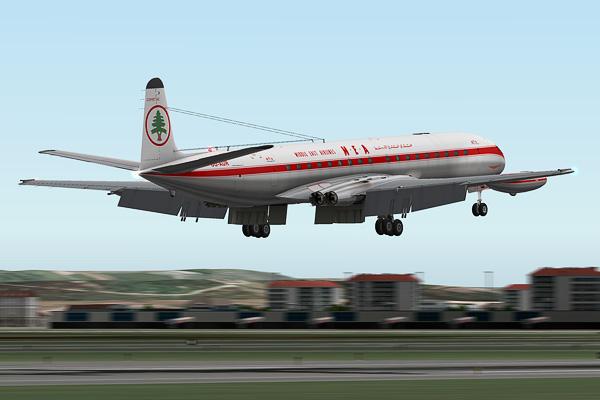
Fig.6: OD-ADR over the threshold at EGKK, flaps set to 80º

Fig.7: OD-ADR at EGKK. Note the dinghy doors between the fuselage and the inner engines. This required slight modification to the texture map.
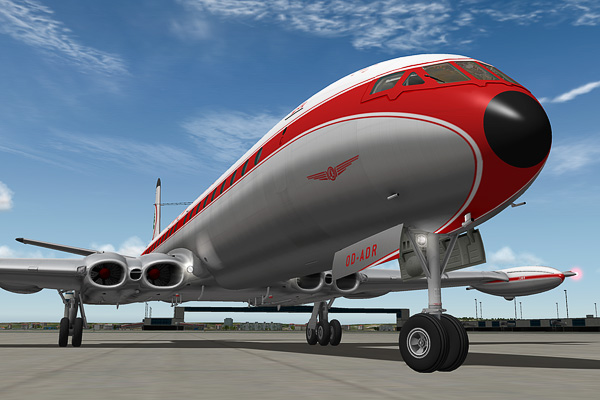
Fig.8: OD-ADR at EGKK, taxiing to the gate.
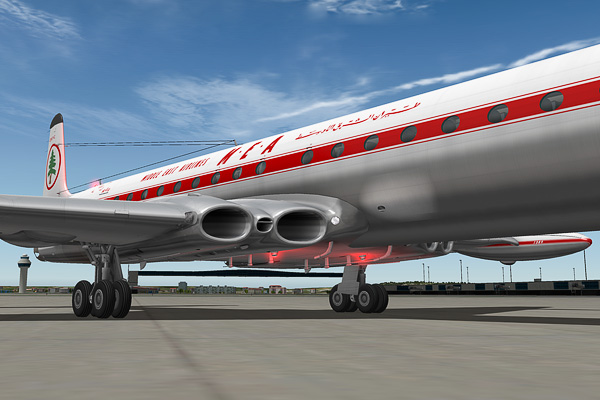
Fig.9: OD-ADR at EGKK.
It’s not drawing a livery that takes time, but all the research leading up to it. The arabic is a stylised, elongated script, derived from the arabic for “Middle East Airlines”. Using scanned photographs is out of the question, first and most importantly because of copyright, secondly because the quality would be pixelated. The version you see was was drawn by hand in Adobe Illustrator from a number of references. This is true for all lettering and logos, which remain infinitely scaleable.
I confess to being anxious about drawing script in a language I don’t understand, or lettering I can’t even decipher. I sincerely hope it says the right thing ...
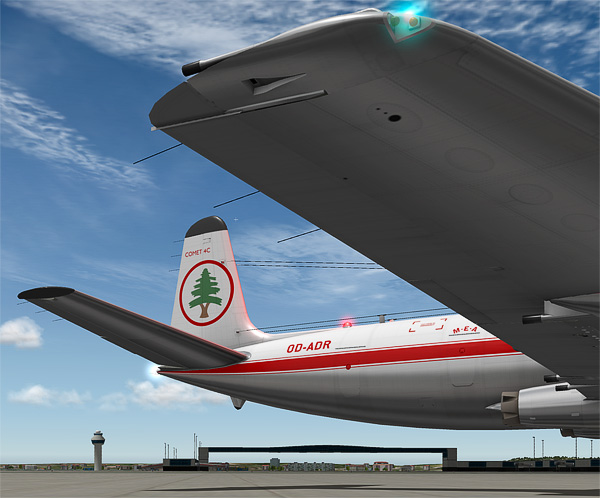
Fig.10: OD-ADR at EGKK, showing the Cedar Tree logo.
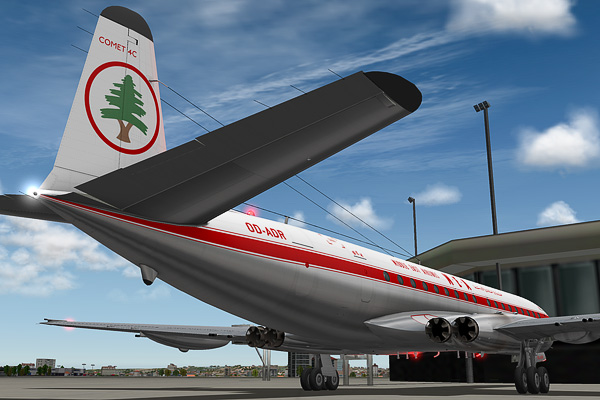
Fig.11: OD-ADR at EGKK.

Fig.12: OD-ADR at EGKK (with DV windows open)
All screen shots were in X-Plane 9.70.
--
GMM-P (06/03/2012)
blog comments powered by Disqus
